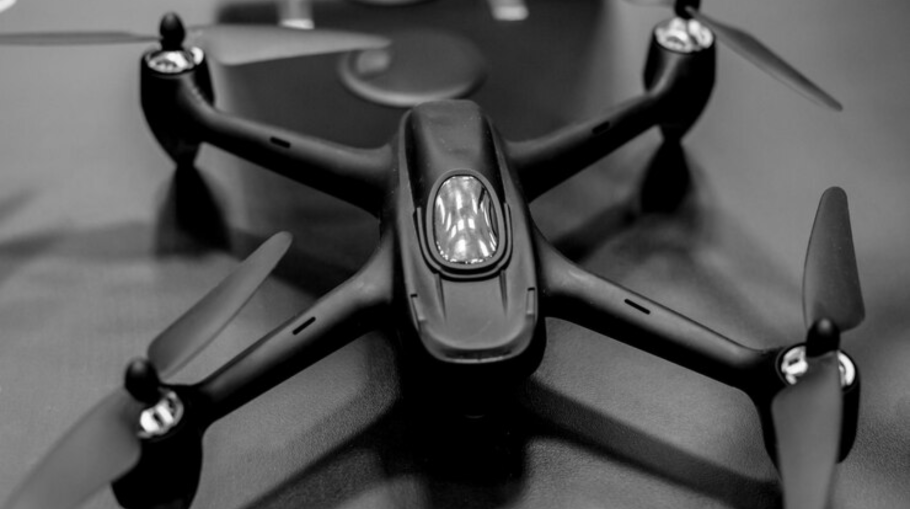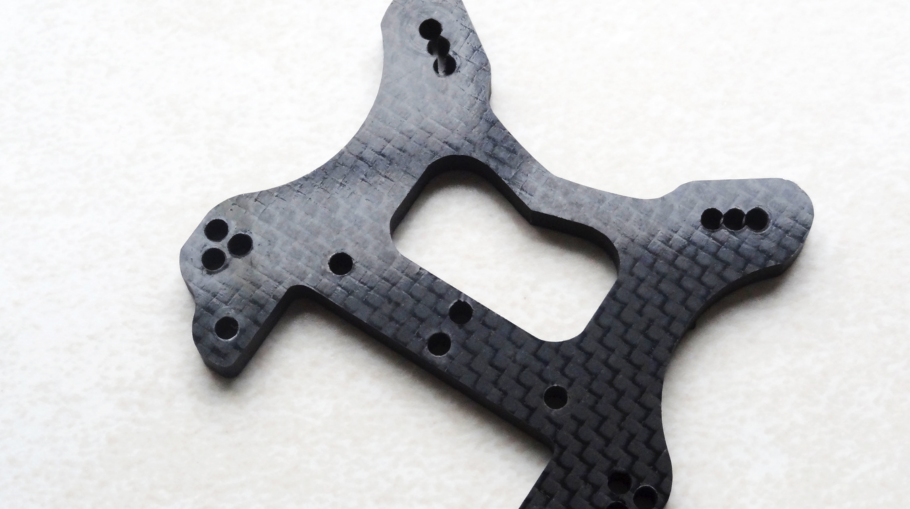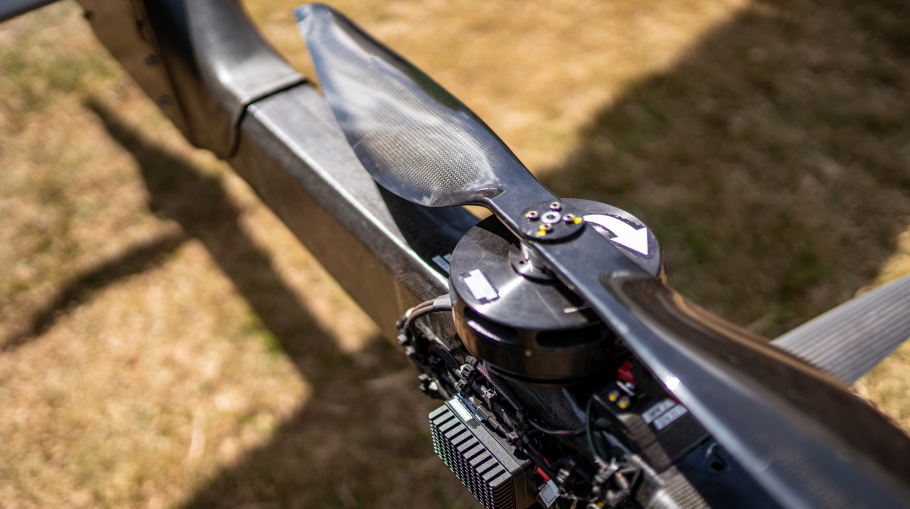Exceptional strength-to-weight ratio, high durability and low density are few of the many reasons why carbon fibre has emerged as a game-changer in the realm of drone manufacturing.
Yet, despite the advantages, machining carbon fibre can be notoriously difficult. However, by understanding the characteristics of carbon fibre, you can easily manufacture drone parts with complex geometries.
In order to avoid high costs and elongated lead times, it is necessary to be aware of the challenges and solutions that revolve around this component.
What are the complexities involved in machining carbon fibre components and what solutions to apply to tackle them?
1. Cost of mistakes are much higher
Components already hold significant value from previous processes as custom moulding and manufacturing of carbon fibre is expensive. This leaves very little room for error in the machining process of carbon fibre.
Solution:
Find out about potential issues earlier in the machining process
Machines should be able to check and verify themselves prior to cutting, ensuring consistent quality to remove the need for operator intervention and avoid scrapping failed products. This ensures consistent high-quality products.
On-machine probing facilities should be incorporated to find out about potential issues earlier in the machining process. Using the right cutting tools, methods, and cooling solutions for the job is essential for preventative solutions. Understanding the product’s needs and finishing operations helps choose the right solution.

2. Abrasive Material
Carbon fibre is an abrasive material and accelerates tool wear during cutting. The machining aspect is further challenged by the material’s low thermal conductivity.
Abrasion poses a significant challenge in carbon fibre machining, leading to shortened tool lifespan and dullness, potentially resulting in scrapped parts. Dull tools can deteriorate part finish and heighten the risks of delamination and fraying.
Solution:
Choose the right cutting tool
Selecting the appropriate grade and geometry of cutting tools is crucial for cost control. The grade influences the tool’s durability, while the geometry affects its interaction with the material. Different cutting methods require specific cutting tool grades and geometries to be used effectively.
Along with this, meet the necessary parameters by ensuring that the cutting speed, feed rate, power requirements, material removal rate, and the size and condition of your machine align with the specifications of the chosen carbon-filled plastic.
3. Production of large amounts of harmful dust
Machining carbon fibre generates significant dust that poses health risks to the lungs and skin, and due to its conductivity, can also trigger electrical equipment shorts.
Solution:
Manage dust produced during carbon fibre machining
It is extremely crucial to manage the dust produced during the machining process of carbon fibre as it not only poses health risks but also holds capability to alter the performance level of produced parts. Dust contamination can cause critical failures to the drone parts. Incorporate carefully managed airflow in machine enclosures, this maximises the airborne carbon fibre dust particles. Also, make sure that the workers are protected with PPE’s and the machining is held in a well-ventilated area.

Maintaining dimensional accuracy with carbon fibre machining
Carbon fibre has exceptional properties that make it the optimal choice for manufacturing drone parts. As it holds a great strength-to-weight ratio, it offers higher stiffness, which eventually improves the dimensional accuracy of drone parts and results in less warping.
Popular drone parts made of carbon fibre:
- Carbon Fibre Tube (Solid & Hollow)
- Carbon Fibre Plate
- Carbon Fibre Pipe
- Carbon Fibre Frames
- Carbon Fibre Propellers
- Carbon Fibre Sheets (Flat & Prepeg)
- Quasi-isotropic Carbon Fibre
- Carbon Fibre Mesh

Challenges involved in manufacturing these parts:
Design Complexity: Designing drone parts with complex shapes and geometries using carbon fibre materials can be challenging and may require advanced engineering.
Joining and Bonding: Joining carbon fibre components to other materials or to each other requires specialised bonding techniques to ensure structural integrity.
Ensure proper alignment: With the drone’s clamping mechanism used to hold its body together, it is important that the holes of the clamps and the baseplates line up correctly.
Why choose carbon fibre to manufacture drone parts?
- Ultra Light Weight
- Higher Specific Stiffness
- Corrosion Resistance
- High Durability
- Good Tensile Strength
- Dimensionally Stable
- Corrosion Resistance

Karkhana.io‘s specialised solutions for carbon fibre machining:
At Karkhana.io, we specialise in carbon fibre machining, offering precision machining of custom carbon fibre drone components.
Karkhana.io is a flexible and scalable manufacturing solutions provider that can cater to all your manufacturing needs.
Our expertise in manufacturing can help you simplify and organise production processes according to your needs and industry. Whatever your requirements or goals maybe, we are dedicated to help you produce outstanding results with high quality whilst complying to the industry standards.
The flexible manufacturing services that fall under our spectrum enable us to fulfil client orders of all sorts, from small batches to large volumes. We also help our clients in solving complex product assembly and localisation setbacks.
The machining capabilities offered by Karkhana.io encompass:
- CNC machining
- Sheet Metal
- Injection Moulding
- Proto Processes
- Electronics Integration
- Casting
- Forging
- Fabrication
If you’re looking for drones carbon fibre components manufacturer that meets the technical capabilities whilst incorporating quality control systems, contact us today! Optimise your operations with Karkhana.io‘s expertise in manufacturing high performance components that meet industry standards.
Let us help you reach the optimal outcome for all your manufacturing requirements. To get started, simply email Pushpalaxmi Vanniyar at pushpalaxmi@karkhana.io, with your specifications or fill out the form below.










